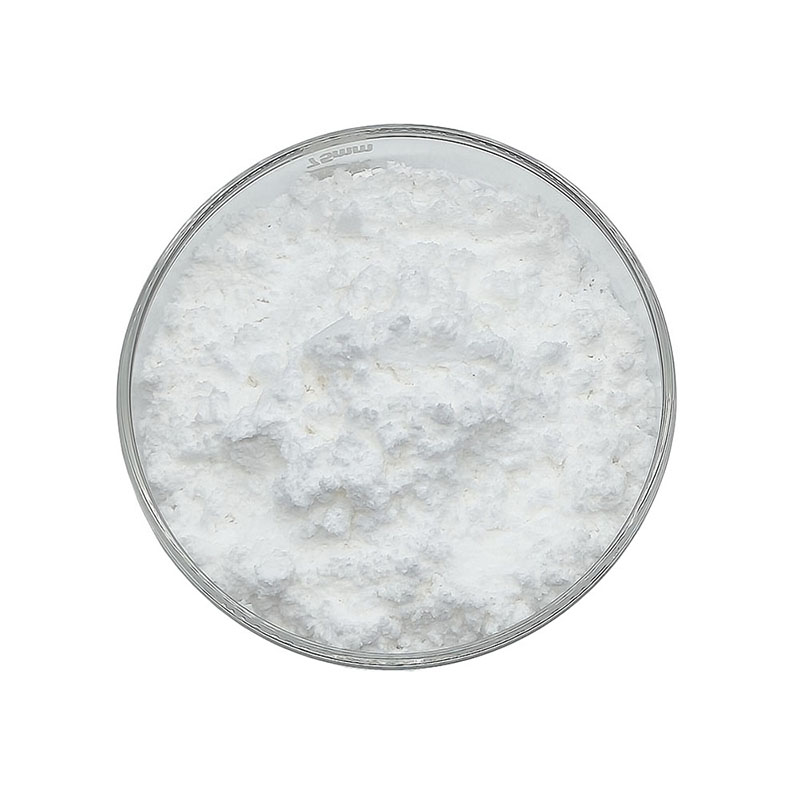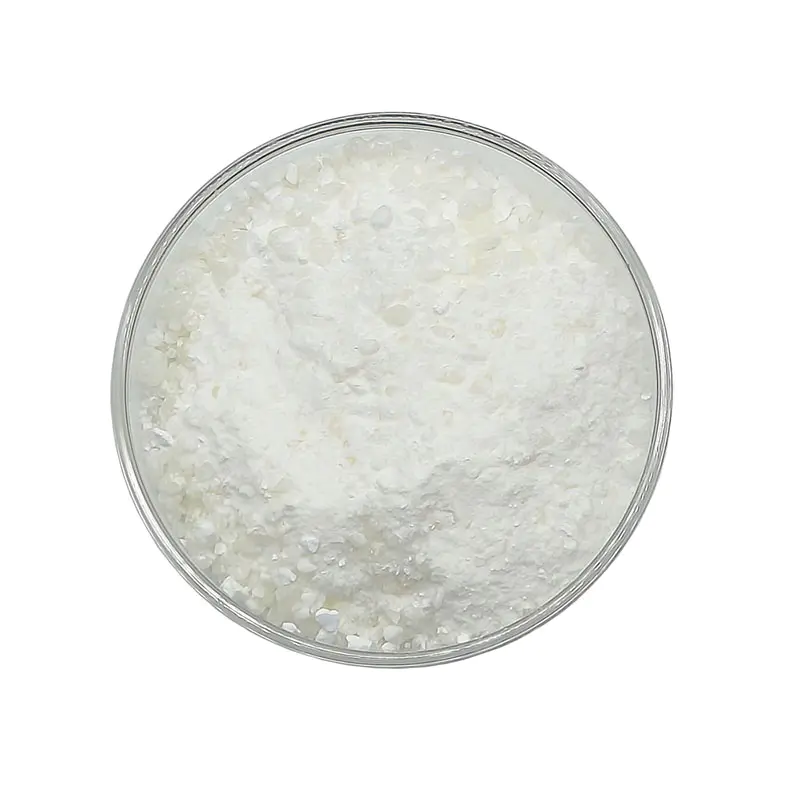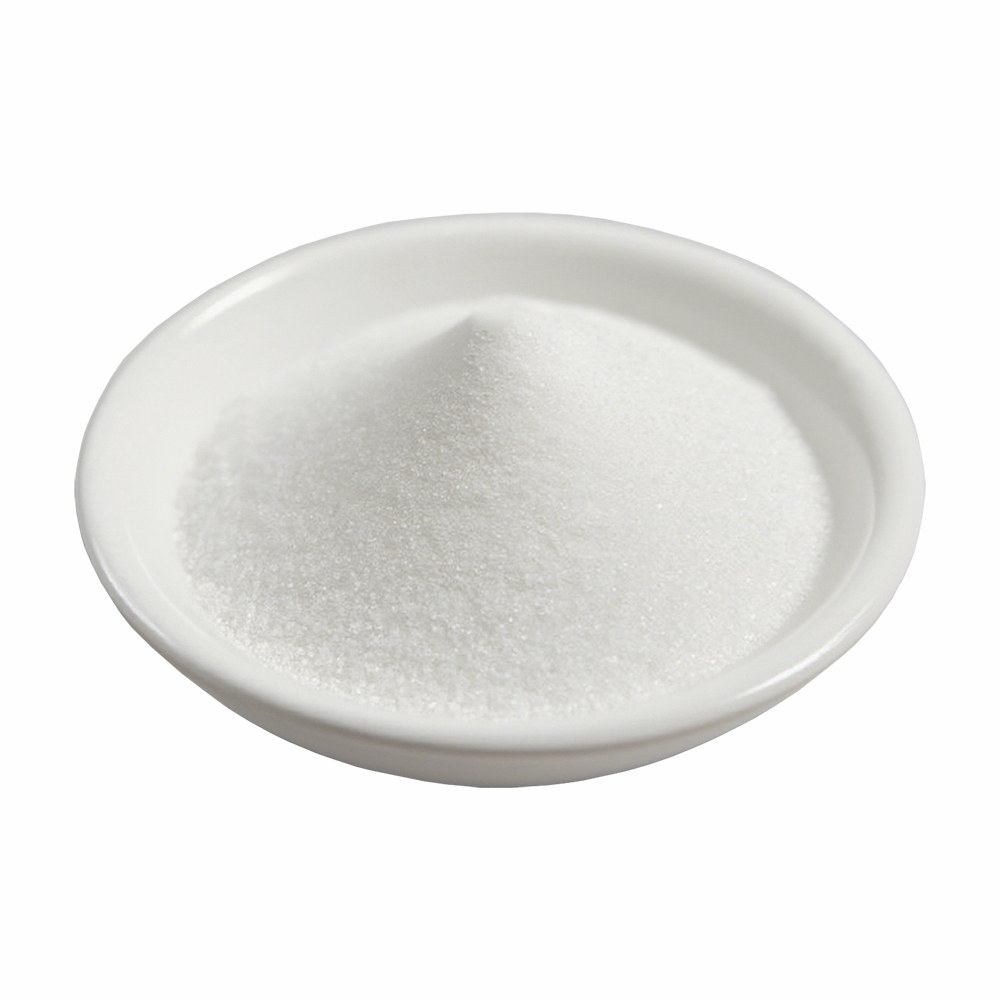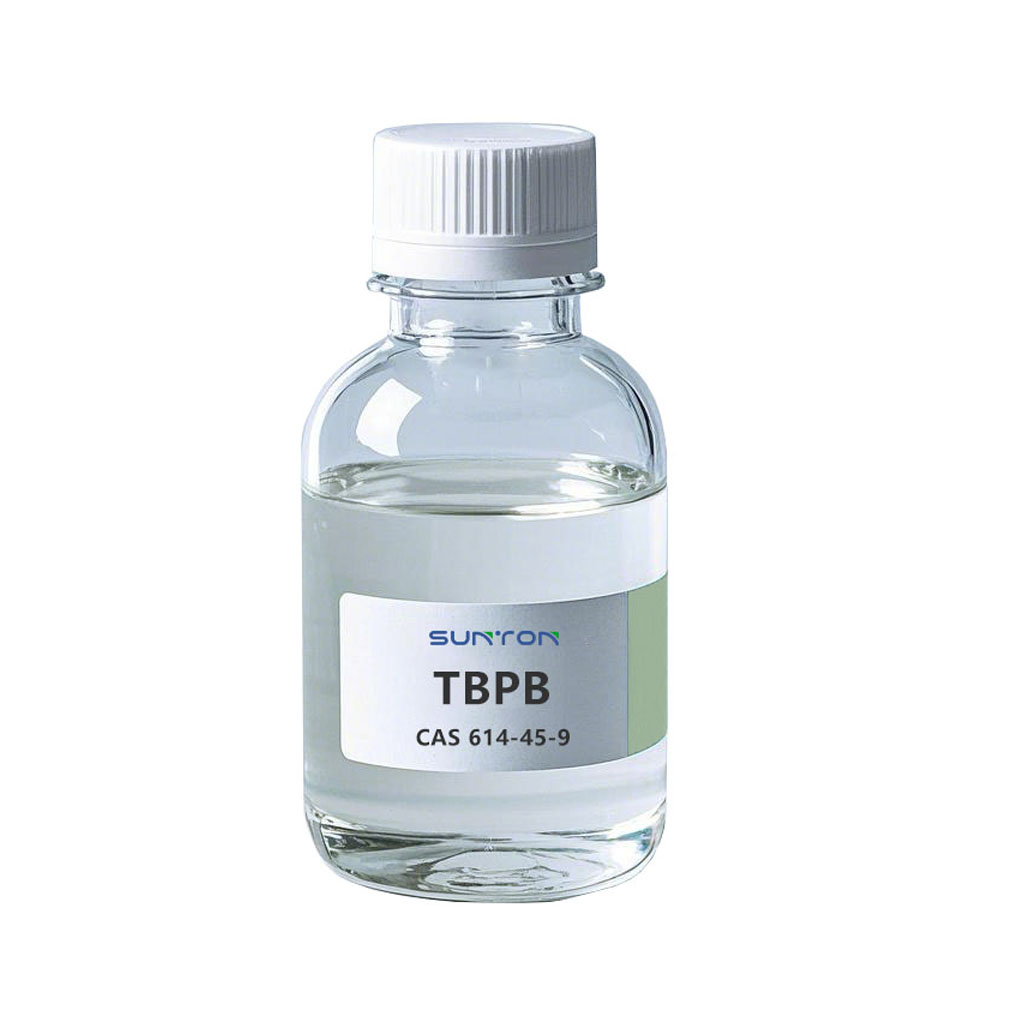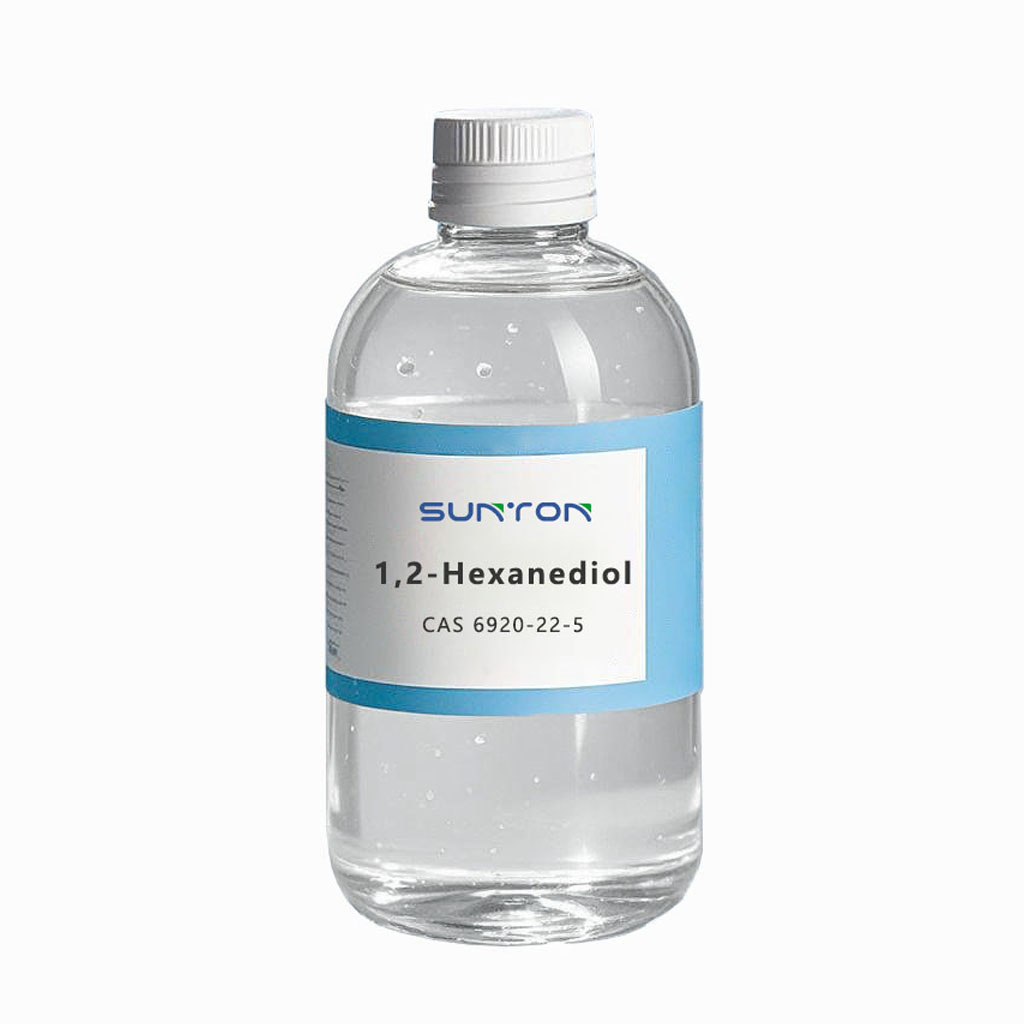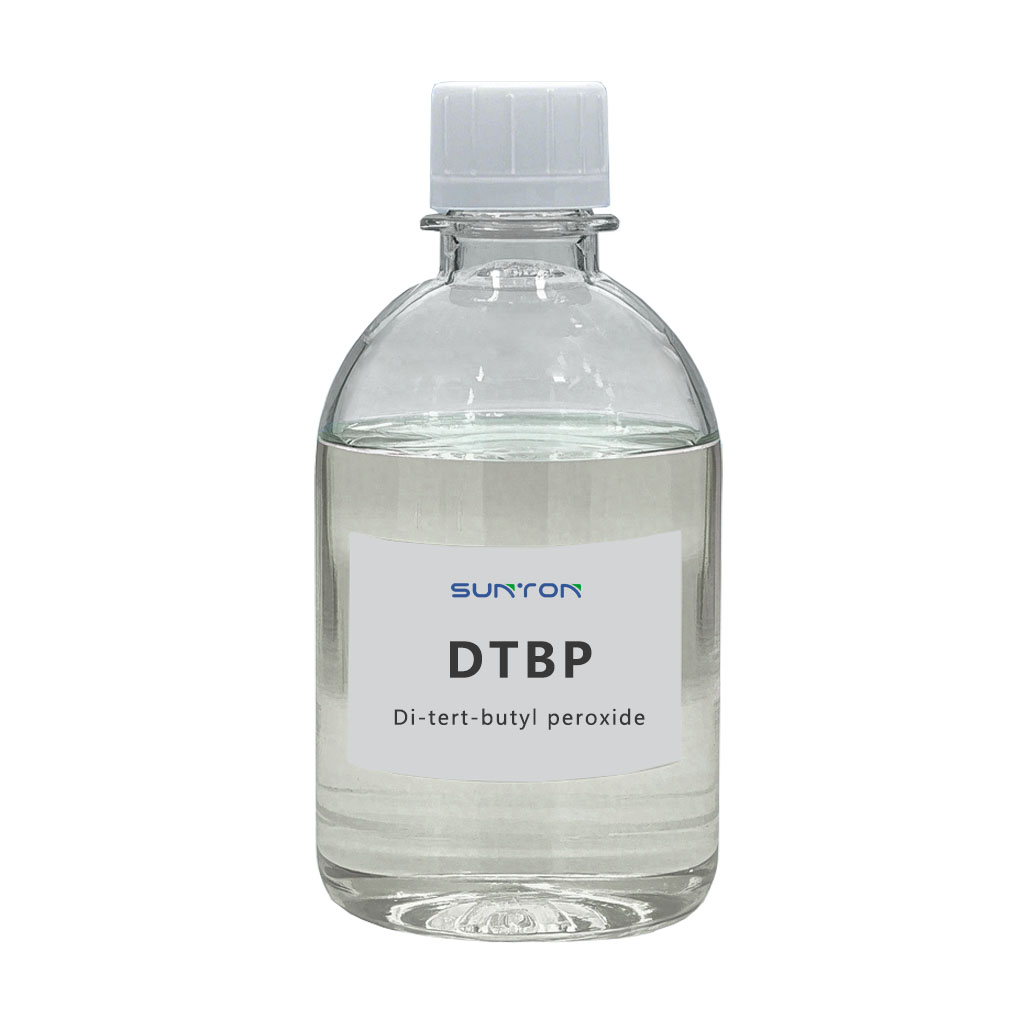Search By Posts
Product Category
Industry News
 By Admin
By Admin
What Are Flame Retardant Chemicals and How Do They Work?
A Comprehensive Guide to Their Applications, Mechanisms, and Selection
In our modern world, surrounded by electronics, vehicles, and synthetic materials, fire safety is paramount. Chemicals Flame Retendarts are specialized additives that play a crucial role in preventing the ignition and slowing the spread of fire in various materials, particularly plastics and polymers. They are not just additives; they are a fundamental component of product safety design, buying critical time for evacuation and emergency response. This article delves deep into the science, applications, and future of these vital materials.
Defining the Basics: What Are Flame Retardant Chemicals?
Flame retardants are a diverse group of chemicals designed to interfere with the combustion process. They don't make materials fireproof but significantly increase their resistance to ignition and reduce the rate of flame spread. They work by disrupting the fire triangle—the essential elements of heat, fuel, and oxygen—required for combustion to occur. Their incorporation is a proactive measure in material science to enhance public safety across countless industries.
- Pre-ignition Stage: They can promote char formation, creating a protective barrier that shields the underlying material from heat and flame.
- During Combustion: Some types decompose to release gases that dilute flammable gases or act as radical scavengers in the flame, quenching the chemical reactions.
- Post-Ignition: They can reduce the amount of smoke and toxic gases produced, which are primary causes of fatality in fires.
Expanding Applications: Where Are Flame Retardants Critical?
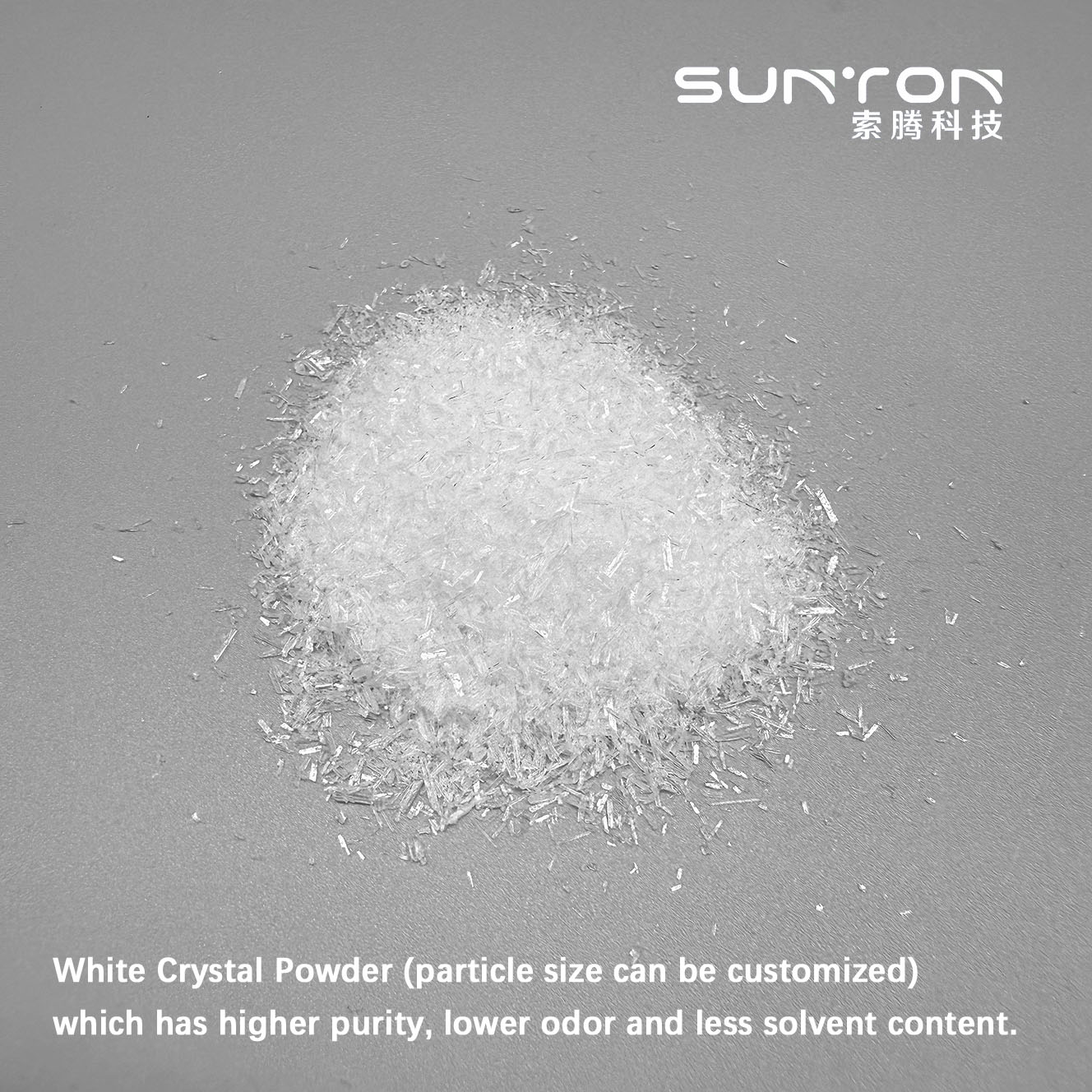
The use of flame retardants is ubiquitous in sectors where fire safety is non-negotiable. From the device you are reading this on to the vehicle you travel in, these chemicals are working silently to enhance safety.
- Construction: Insulation materials (like polystyrene and polyurethane foams), pipes, cables, and roofing membranes.
- Transportation: Seating, dashboards, wire and cable insulation, and composite panels in airplanes, trains, and automobiles.
- Furniture and Textiles: Upholstered furniture, mattresses, and curtains to meet stringent fire safety standards.
What Are Flame Retardant Chemicals Used in Plastics?
Plastics are inherently hydrocarbon-based, making them combustible. The question of what are flame retardant chemicals used in plastics is central to modern polymer engineering. They are compounded into the polymer matrix during production to protect the final product. For instance, the plastic housing of a television or a laptop must withstand a specific heat source without igniting for a minimum period, a requirement met by these additives.
- Electronics and Appliances: Housings for TVs, computers, printers, and kitchen appliances to comply with international safety standards like UL94.
- Automotive Parts: Connectors, battery holders, and interior trim components where heat and potential electrical faults are a risk.
- Consumer Goods: Children's toys, power tool housings, and electrical enclosures.
The Science of Safety: Understanding Flame Retardant Mechanisms
Flame retardants do not operate through a one-size-fits-all mechanism. Their functionality is a sophisticated interplay of chemistry and physics, tailored to the specific material and fire threat.
The Core Mechanisms: How Do They Suppress Fire?
There are four primary ways in which flame retardants disrupt the combustion process, each crucial for different material types and fire scenarios.
- Cooling: Some retardants, like aluminum hydroxide, decompose endothermically (absorbing heat), thereby cooling the material below its ignition temperature.
Dilution:
- Fillers like magnesium hydroxide release water vapor upon decomposition, which dilutes the flammable gases and oxygen in the vicinity of the flame.
- Protective Layer Formation: Intumescent coatings or additives like phosphorous-based compounds swell to form a multicellular char layer, acting as a thermal insulator.
How Do Halogen-Free Flame Retardants Work?
Driven by environmental and health considerations, the industry is shifting towards halogen-free solutions. Understanding how do halogen free flame retardants work is key to this transition. Unlike their halogenated counterparts that primarily work in the gas phase by releasing radical-scavenging molecules, halogen-free alternatives often operate in the solid phase.
- Metal Hydroxides: (e.g., ATH, MDH) Decompose endothermically, releasing water vapor and leaving a protective metal oxide residue.
- Phosphorus-based: Promote char formation in the polymer, creating a physical barrier that protects the underlying fuel.
- Nitrogen-based: Often used as blowing agents for intumescent systems or release inert gases upon heating to dilute flammable vapors.
A Buyer's Guide: Selecting the Right Flame Retardant Solution
Choosing the appropriate flame retardant is a complex decision that impacts not only safety but also the material's properties, processing, and cost. It requires a careful balance of performance and practicality.
How to Choose the Best Flame Retardant Additives for Polymers
Selecting the best flame retardant additives for polymers involves a multi-faceted evaluation. The ideal choice depends on the polymer's chemical structure, the desired fire safety performance, and the processing conditions.
- Polymer Compatibility: The additive must be compatible with the base polymer to avoid degradation of mechanical properties.
- Processing Temperature: The flame retardant must be stable at the polymer's processing temperature (e.g., during injection molding or extrusion).
- Regulatory Compliance: The final product must meet relevant industry and regional safety standards (e.g., ROHS, REACH, UL94).
Enhancing Efficiency: Flame Retardant Synergists Examples and Benefits
Synergists are not primary flame retardants but are used in conjunction with them to boost performance, often allowing for a lower loading of the primary retardant and reducing cost. Exploring flame retardant synergists examples reveals powerful combinations.
- Antimony Trioxide with Halogenated Retardants: This is the most classic example, where Sb₂O₃ dramatically enhances the gas-phase radical trapping efficiency of halogenated compounds.
- Novel Synergists: Advanced hydrocarbon-based synergists can be highly effective in various polymer systems. They work by enhancing char formation and improving the thermal stability of the polymer blend, allowing the primary flame retardant to function more efficiently.
The following table compares a common synergist with a novel type:
| Synergist Type | Primary Mechanism | Common Applications |
| Antimony Trioxide (Sb₂O₃) | Gas-phase radical scavenging (with halogens) | PVC, Wire & Cable, Engineering Plastics |
| Advanced Hydrocarbon Synergists | Solid-phase char enhancement, thermal stabilization | Polyolefins, Engineering Plastics |
Sourcing with Confidence: Finding a Global Partner
In a globalized market, identifying a reliable source is as important as selecting the right chemical. A dependable supplier of flame retardant chemicals in China or elsewhere should offer more than just a product; they should provide a partnership built on innovation, quality, and support.
- Technical Expertise: Look for a supplier with a strong R&D team capable of developing custom solutions and providing technical data and support.
- Quality and Consistency: Ensure the supplier has robust quality control systems, such as ISO certifications, to guarantee batch-to-batch consistency.
- Regulatory Knowledge: A good partner stays ahead of global regulatory trends, ensuring their products are compliant and future-proof.
- Production Capacity: Multiple production bases indicate the ability to handle large and consistent orders, ensuring a stable supply chain.
FAQ
Are halogen-free flame retardants really as effective as halogenated ones?
Yes, when properly formulated, halogen-free flame retardants can achieve the same high levels of fire safety performance (e.g., UL94 V-0 rating) as traditional halogenated systems. The key difference lies in the formulation and loading levels. Halogen-free systems often require higher loadings, which can impact the mechanical or physical properties of the polymer. However, advancements in halogen-free flame retardants technology, including the use of advanced synergists, are continuously closing this performance gap while offering significant benefits in terms of lower smoke density and reduced toxicity of fumes.
What is the difference between a flame retardant and a flame retardant synergist?
A flame retardant is the primary active ingredient that imparts fire resistance to a material. A flame retardant synergist, on the other hand, is a compound that, by itself, may have little flame retardant effect but significantly enhances the performance of the primary flame retardant when added in small quantities. The classic example is antimony trioxide with halogenated retardants. The synergist makes the primary retardant more efficient, often allowing for a lower total additive content, which can improve the final product's properties and reduce cost.
How do I know which flame retardant is best for my plastic application?
Selecting the best flame retardant additives for polymers requires a systematic approach. First, identify the specific polymer you are using (e.g., PP, ABS, Nylon). Second, determine the required fire safety standard your product must pass (e.g., UL94, Glow-Wire). Third, consider processing conditions and any critical physical properties (e.g., impact strength, clarity). The most effective path is to consult directly with technical experts and suppliers who can recommend a tailored formulation and provide compound samples for testing and validation.
What are the environmental concerns associated with flame retardants?
Some legacy flame retardants, particularly certain brominated types (PBDEs), have been phased out due to concerns over persistence, bioaccumulation, and potential toxicity. This has driven the industry towards developing safer, more sustainable alternatives. Modern flame retardant chemicals, especially halogen-free varieties and newer brominated compounds with improved environmental profiles, are extensively tested for safety. The industry is heavily regulated, and manufacturers are committed to providing products that meet or exceed global environmental and health standards like REACH and ROHS.
Conclusion: Advancing Safety Through Material Innovation
Flame Retardant Chemicals are indispensable to modern life, providing a critical layer of safety in a world built on synthetic materials. The field is dynamic, continuously evolving towards more efficient, environmentally sustainable, and high-performing solutions. From understanding their fundamental mechanisms to making informed sourcing decisions, a deep knowledge of these additives is essential for engineers, designers, and manufacturers committed to creating safer products for everyone.


 English
English 中文简体
中文简体
